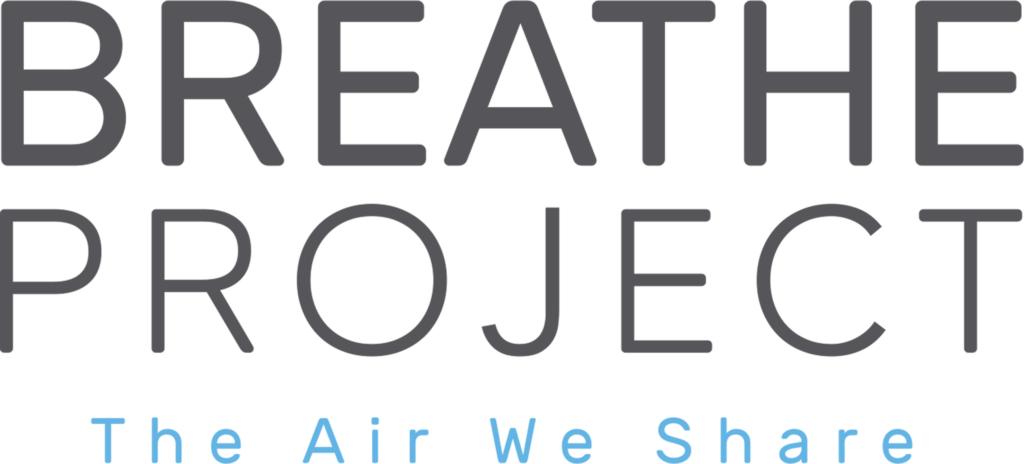By John Graham, Clean Air Task Force
A temperature inversion is that phenomenon where warmer air above traps cooler air – and pollutants in the area – down at ground level. Due to its geography and industrial activity, the Pittsburgh area experiences some of the worst inversion impacts in the country. Other notable cities with dangerous inversions include Los Angeles, Denver, Phoenix, Salt Lake City, and Sacramento. The Pittsburgh region has some of its strongest and longest-lasting inversions in the winter when PM2.5 concentrations are generally higher than in summer (when inversions are more frequent).
Let’s do a deep dive into what the temperature inversions in Allegheny County and the region actually do. What do air quality conditions during an inversion look like? What can the Allegheny County Health Department’s Mon Valley Pollution Episode Rule accomplish?
In 2021, ACHD responded to the long-standing inversion–emissions problem by establishing the Mon Valley Pollution Episode Rule. The regulation requires specific industrial facilities in the Mon Valley region to reduce their emissions during Air Quality Warning Days, which include days characterized by inversions. The department will issue an Air Pollution Warning if, during a rolling 24-hour averaging period, the threshold level is exceeded, and the Department has determined that inversion conditions will continue. At this point mitigation plans must go into effect for those facilities identified by ACHD.[1] This Episode Rule is better than no rule at all, but we know that emissions are being trapped well before facilities’ actions must be taken. We also know that there are multiple ways for the industry to respond to a warning. Until ACHD releases a report on the Episode Rule’s use, it’s hard to fully assess its effectiveness. In the meantime, John Graham, of the Clean Air Task Force, has taken a deep dive into inversions in the region and made some estimates of the Episode Rule’s potential impacts. Here’s what he found:
Under inversion conditions, Graham finds, the impact of local sources – such as Clairton Coke Works and major roadways – is amplified and drives a significant difference in pollution concentration in different locations. The Clairton site is consistently producing high levels of emissions, and inversions are holding much of those emissions in the area.
These findings reinforce two important facts: Inversions do increase the presence of local pollutants, which are often dangerous to communities. And two, the impact is not uniform nor equitable. Communities already burdened with a higher baseline exposure to air pollutants face proportionately even more trapped pollutants during inversions.
In a second, narrowly focused study on one specific inversion period, Graham analyzed how inversion conditions interact with specific site emissions. In this study, the peaks varied, with the Liberty monitor registering the highest overall levels, but the same pattern exists for the Liberty, Lawrenceville and Hillman SP areas. And all three reach above the regulatory short-term standard of 35 ug/m3).
Now, turning back to the Mon Valley Episode Rule, there are different forms that industry compliance might take. This table provides estimates of hypothetical responses and outcomes at the Clairton Coke Works, to give just one illustration. US Steel reports that it can reduce PM2.5 emissions at the Coke Works in the range of 11.9% – 19.3% which, by Graham’s estimation, could result in two to three days out of six still above the NAAQS guideline. It will be important for ACHD to conduct thorough and transparent studiesof the rule’s effectiveness at lowering risks in the Mon Valley. PM2.5 is a regulatory focus, but numerous gases and Hazardous Air Pollutants (many posing health risks) are released in the area as well, and those will be trapped in local ambient air or curbed along with the PM2.5 emissions. If current reductions are not sufficient to meaningfully lower public health risk, ACHD should work with area companies to find further ways to limit their emissions during inversions.
The results shown in the table are estimates of potential effects on community exposures. Hopefully, a more precise analysis will be forthcoming from ACHD.
[1] Mon Valley Air Pollution Episode §2106.06, Allegheny County Health Dept.




